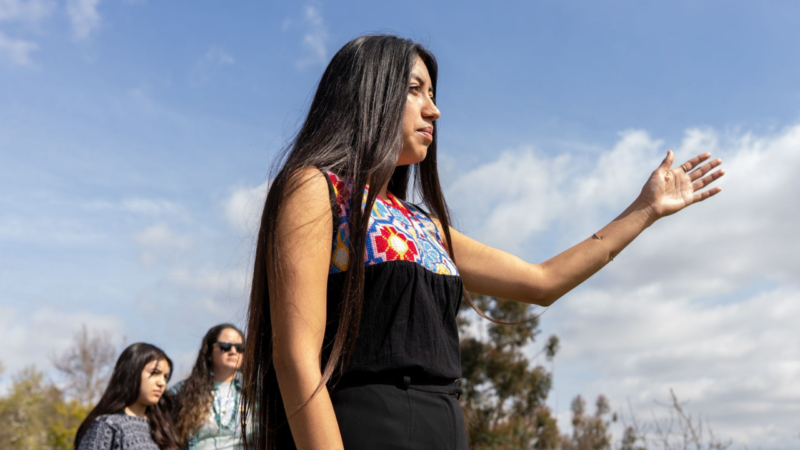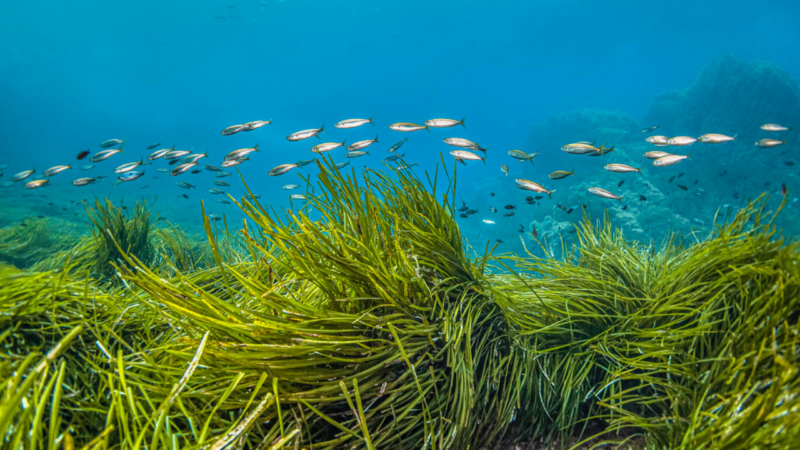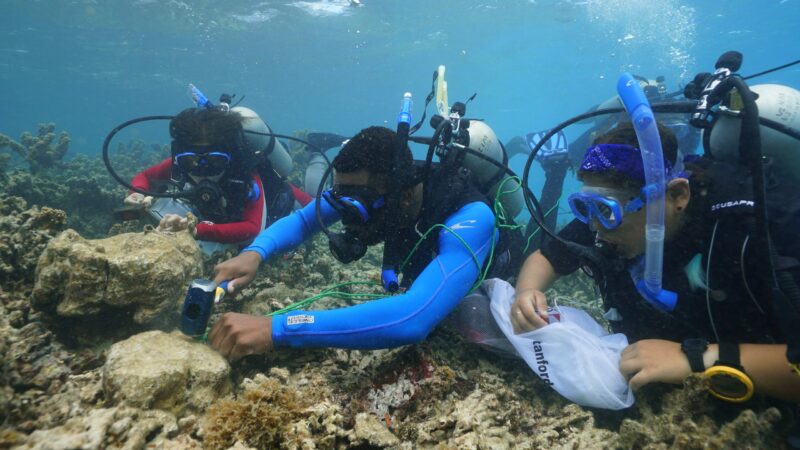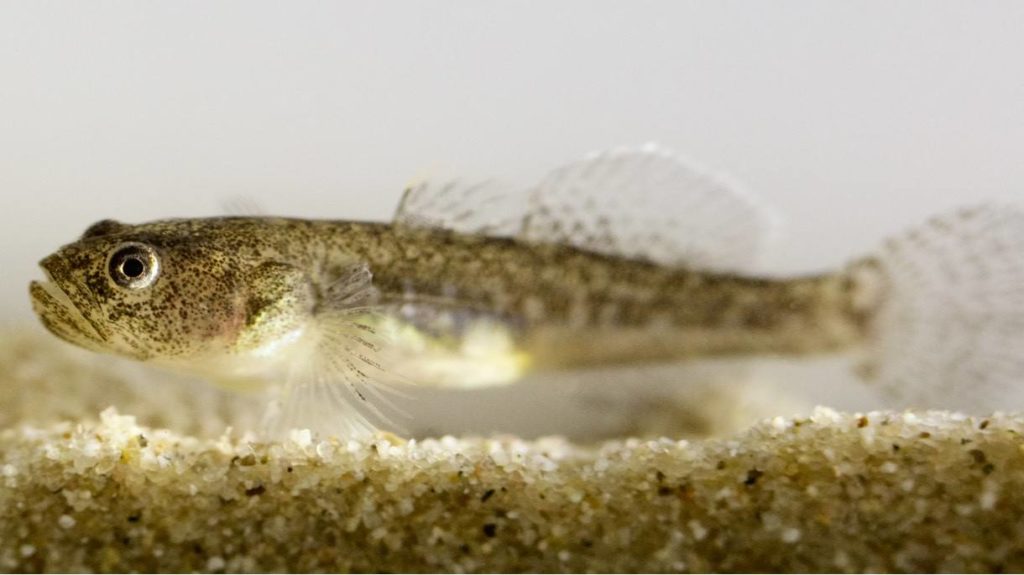
Kristina Louie, a UCLA student who suddenly and tragically died in 2004 after receiving her Ph.D, was honored in the form of a creature she researched and cared about.
Eucyclogobius kristinae—named for the late researcher—officially became its own species on July 29th. Now known commonly as the southern tidewater goby, the species is already endangered, living exclusively in three or four lagoons at Camp Pendleton Marine base in San Diego County.
David Jacobs, an affiliated biologist with UCLA Institute of the Environment and Sustainability, coauthored the PLOS One paper naming the fish. Louie was one of his students. He was impressed by her diligence as a scientist and her commitment to conserving California’s coastal life.
“She really enjoyed going out in the field up and down the coast,” Jacobs remembers. “On one trip, she went all the way to Alaska to get to the bottom of differentiation between species.”
Louie studied the goby, mollusks and various species that live in eelgrass beds—underwater meadows found in bays, coves and estuaries. Her untimely death came just months after she received her Ph.D in biology. She was 29.
Originally, the tidewater goby was thought to consist of one species. In 1994, the United States Fish and Wildlife Service listed that species as endangered, having disappeared from 50 percent of its coastal lagoon habitats since 1900.
A few years after that, Jacobs and other researchers observed that specimens from Camp Pendleton’s lagoons were different at a molecular level. They began describing the fish as its own unique species and recording the physical ways in which it differs from its already-named cousin, Eucyclogobius newberryi.
Getting a species named takes a lot of work, especially when it is not dramatically different from another, related species. Researchers painstakingly noted differences in the gobies using measurements and counts—things like body width and the number of spines in pectoral fins.
“We can see that the jaw is a little more angled up,” Jacobs observes. “This is a bit of a fatter fish. They have evolved differences as a consequence of living in different environments.”
While this is just round one of research on the goby, Jacobs thinks the fish may have evolved to be wider because it lives on the bottom and doesn’t swim around as much as the ones further north.
In a biological sense, the most distinguishing feature of the southern tidewater goby is that it has a different number of sensory organs in its head. “That’s the most diagnostic thing,” Jacobs says. Along with genetic evidence, a single characteristic that distinguishes between individual specimens is a “strong indication” that there are two separate species.
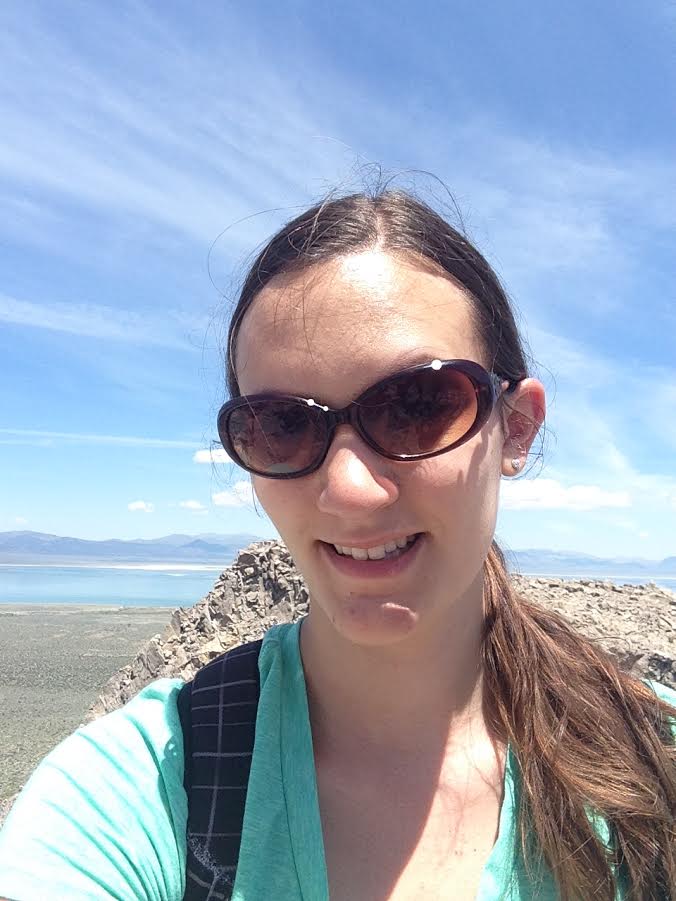
Today’s paper is a result of nearly two decades of research on the goby. The process of naming a species must include a formal description of its physical characteristics, where it fits within the classification of other organisms and inclusion of identifying materials in a museum. “All of these protocols have been around since Linnaeus,” Jacobs says, referring to the 18th century biologist who established the Latin-based taxonomy for species classification.
Southern tidewater gobies have interesting sex lives. Males contribute heavily to reproduction by making burrows and brooding eggs. And in a role reversal à la television’s The Bachelor, females compete for males, sporting striking black fins and flashier colors.
The gobies feast on invertebrates along the sandy bottoms of coastal lagoons—bodies of water isolated from the ocean by sand bars and charged by freshwater streams and runoff. When it rains, streams fill lagoons, breaking through the sandy barriers and opening them to the ocean.
Jacobs says the two species of tidewater goby became geographically separated more than a million years ago, in part because tectonic and geologic changes to the coast caused Palos Verdes peninsula to rise. Tidewater gobies are able to move from one lagoon to another via the ocean, but they cannot survive a swim around such significant geographic features. In genetic isolation, the southern goby evolved characteristics that suited its historic range—inferred to stretch from La Jolla in the south to Palos Verdes in the north.
Human development likely destroyed or altered much of that range, building roads, jetties and opening lagoons completely to the ocean, Jacobs says. But that’s not the case at Camp Pendleton, where the U.S. Marine Corps works with scientists and government agencies to preserve endangered species.
Other environmental issues threaten lagoons and the life native to them. Because they depend on rainfall to recharge the water, climate change poses unknown future threats that Jacobs and other environmental scientists at UCLA are trying to model and predict. Meanwhile, runoff from agriculture, lawns and golf courses can overwhelm lagoons with nutrients, creating algal blooms that damage the ecosystems.
Invasive species are yet another concern. Native lagoon animals are adaptable to variations in salinity, but that survival technique offers no protection from freshwater species, which are occasionally tossed into the mix by people. In particular, green sunfish can quickly wipe out an entire lagoon full of gobies.
Jacobs has been working closely with the Fish and Wildlife Service, which uses scientific research to better protect endangered species. In 2014, an attempt was made to downlist the gobies from “endangered” to “threatened,” which would give them fewer legal protections from development and other human activities.
Today’s paper will factor into that ongoing discussion. With regard to the new species, Jacobs says, downlisting is “certainly inappropriate because they’re on the verge of extinction.” Just this winter, a massive effort was made to relocate the fish due to fears that El Niño might wipe them out completely. Led by Brenton Sties—a Ph.D student in Jacobs lab—a team of Marines and Fish and Wildlife Service employees rounded up the gobies and housed them at Birch Aquarium and Santa Monica Pier Aquarium.
And yet the future of the southern goby is hopeful, Jacobs says. Without much investment, additional lagoons could be restored to expand its habitat. The Fish and Wildlife Service is on the case, working with Jacobs to identify potential sites on existing parkland.
Kristina Louie, the goby’s namesake, would probably appreciate that.


